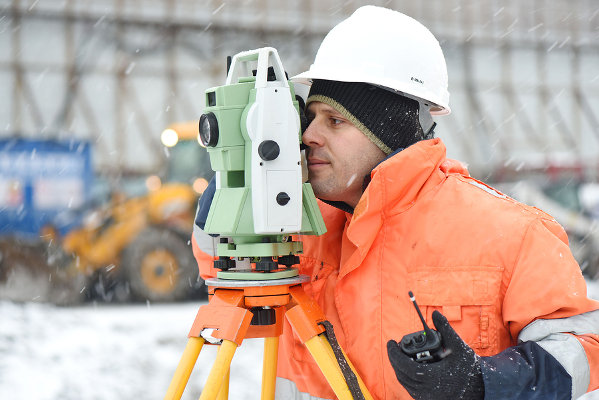Frigid Temperature Safety Tips P2

This week has already brought frigid temperatures, fierce winds and chilling snow. It has also brought a steady stream of patients into hospital emergency rooms with cold-weather injuries ranging from slip-and-falls to frostbite. Here are some tips during this time.
Understand Wind Chill
The Wind Chill index is the temperature your body feels when the air temperature is combined with the wind speed. For example, when the actual air temperature of the wind is 40ºF (4ºC) and its velocity is 35 mph, the exposed skin receives conditions equivalent to the still-air temperature being 11ºF (-11ºC).
Frostbite: What to Look For
The extent of frostbite is difficult to judge until hours after thawing. There are two classifications of frostbite:
Superficial frostbite is characterized by white, waxy or grayish-yellow patches on the affected areas. The skin feels cold and numb. The skin surface feels stiff and underlying tissue feels soft when depressed.
Deep frostbite is characterized by waxy and pale skin. The affected parts feel cold, hard, and solid and cannot be depressed. Large blisters may appear after rewarming.
Hypothermia
Hypothermia is a critical lowering of body temperature. As with frostbite, staying warm and dry is very important. Wear warm, water-resistant, wind-proof clothing and dress in layers. Cover the head, neck, mouth, nose and hands with a hat, scarf and gloves. Avoid touching cold objects, as they will quickly steal heat from the body. Hypothermia has different symptoms for children and adults. Adults may experience shivering, drowsiness, memory loss, confusion, clumsy hands or slurred speech. In children, hypothermia symptoms include less energy, and cold, bright red skin. Individuals experiencing any of these symptoms should be taken to the hospital immediately.
